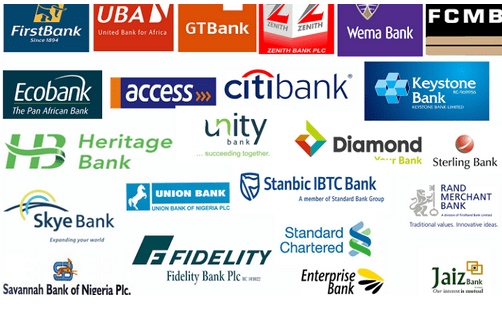The Nigerian Autonomous Foreign Exchange Rate Fixing (NAFEX) mechanism, commonly referred to as the “Investors’ and Exporters’ FX Window”, appears to be boosting forex supply and flow of foreign currency (FC) liquidity into the banking system, which has eased trade financing pressures on the banks, according to Fitch ratings.
Foreign currency was in acute short supply much of 2016 and early 2017, restricting imports and forcing several Nigerian banks to extend maturities on their trade finance obligations.
However, Nigerian banks’ ability to access foreign currency has improved considerably since the Central Bank of Nigeria (CBN) introduced a foreign exchange “window” at end-April aimed at investors and exporters.
NAFEX provides investors and exporters with a more transparent mechanism through which they can sell foreign currency to willing buyers. Authorised banks specifically act as intermediaries, clearing funds supplied by portfolio investors and exporters and ensuring timely execution of settlement for buyers.
“Despite its short record, volumes transacted through NAFEX are growing,” say Fitch Rating analysts, adding that they believe NAFEX offers a more transparent alternative to accessing FC than is available through the other foreign-exchange markets in the country.
“Several exchange rates operate in Nigeria. The CBN was the main supplier of FC during the height of the FC liquidity crisis and it still sells FC to the market through regular auctions, with banks acting as intermediaries,” they noted.
The CBN official exchange rate is N305 to the US dollar but it sets alternative official rates at its FC auctions and different rates apply for retail, wholesale, personal and small business purchasers of FC.
NAFEX introduces yet another exchange rate, which adds to the confusion, but its rates are set by market participants and this is already attracting greater volumes than other exchange mechanisms.
Access to FC is essential to boost growth in the country’s highly import-dependent economy. The ability of market participants to set their own rates under NAFEX is also forcing down exchange rates on the parallel markets.
This is positive for the banks as it helps to draw funds back into the banking sector. Over time, exchange rates may converge, but this will depend on a range of market and political considerations.
“The CBN can intervene on NAFEX, but we understand from our recent discussions with banks that CBN interventions have been limited. NAFEX rates have averaged about NGN380 to the US dollar recently and volumes are reaching about USD1 billion a week, according to these discussions,” Fitch analysts said.
They maintained that while the improved FC access is credit positive for banks, the ratings of all the Nigerian banks remain constrained by Nigeria sovereign rating of ‘B+’/Negative.








